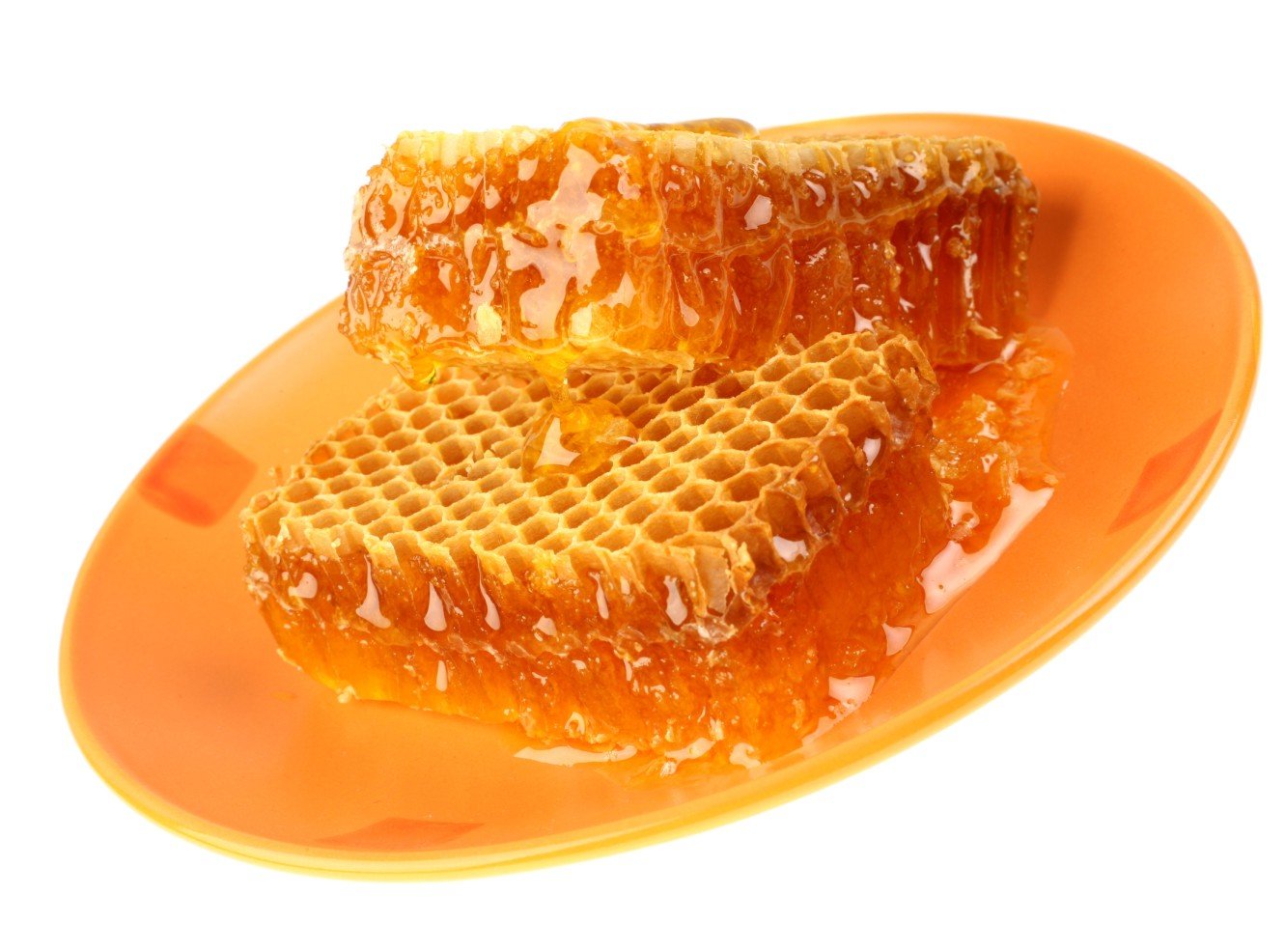It maybe a bit lazy of me, but I figured I should take the time to go ahead and show off our garden for this year. We hope to do more next year, but we at least have some essentials.
 |
| Tomatoes to the left, peppers to the right |
It wasn't until last year we enjoyed the benefits of growing sweet bell peppers. The interesting thing about our peppers this year is that they are purple bell peppers. I
love sweet bell peppers of any color, but I hear purple is even sweeter. As with any bell pepper, it is low in calories and contains no sodium, fat or cholesterol. Peppers are also an
excellent source of vitamin C.
And with the color, they should hold plenty of antioxidants.
You may remember my trail & tribulation of growing beautiful tomatoes before
the squirrels stole them. I can only hope that the squirrels in our new neighborhood are not tomato fans. Otherwise, we will have to build some kind of fence around them with chicken wire. I really hope to have a crack at canning for the first time this year. I at least want to try to make my own sugar-free tomato sauce.
 |
| Zucchini, squash, sage & lavender |
I also discovered my love for zucchini & squash last summer. Zucchini is low in calories & a great source of fiber, protein, potassium, beta-carotene, and vitamin C. And its good match, yellow squash, has vitamin C, magnesium, vitamin A, fiber, folate, copper, riboflavin
and phosphorus. We love to grill the pair whenever we cook out. I also found a great
veggie rice skillet recipe that includes zucchini & bell pepper.
This summer is the first time we are growing sage. I've only used the herb once with some
apple pork chops, but I hope to find more uses for it. It smells so good. First off, sage is a good cooling agent which can help swelling, cramps & hot flashes. Sage essential oil also has antioxidant and antimicrobial properties. You can even gargle sage tea to help a sore throat.
And let's not forget the lavender. I'm so happy I was able to make
essential lavender oil last year, despite both of my plants dieing. Hopefully this year will be different since our lavender is in the ground verses a pot. I didn't find out until it was too late last year that lavender needs well drained soil (
not potting soil) to prevent root rot. While I know lavender essential oil removes nervous tension, relieves pain, disinfects scalp and skin, enhances blood circulation and treats respiratory problems... I hope to try out cooking with lavender this year.
Speaking of herbs, I have a few potted plants too.
 |
| Calendula in the front, oregano in the back |
My second attempt of growing calendula from seed is going great. I can't wait to see how this beautiful pot marigold blooms. Calendula essential oil can do wonders for the skin and it's in about any natural balm. It can soothe and heal dry and damaged skin, burns, cuts, rashes, diaper irritations, and other skin disorders. I'm just waiting for the flowers to bloom before melting down some beeswax to make some lip balm.
And what's any kitchen without oregano? It makes any pasta dish superb. But it's also healthy. It is a good source of fiber, Vitamin K, iron, and manganese. It has anti-bacterial & antioxidant properties along with Omega 3 oils.
 |
| Basil & Chamomile |
While I've already mentioned my love for
chamomile, what's a garden without basil? Basil is my number one favorite seasoning. It gives meals a nice, savory taste. Even the smell makes my mouth water. Basil is an amazing source of vitamin K, but it also has iron, calcium, vitamin A, fiber, and manganese. It also has certain flavonoids which help to protect cells
and chromosomes from damage. And essential
basil oil is shown to inhibit the growth of several types of
bacteria, many of which have become resistant to antibiotics.
 |
| Echinacea |
And last but not least are the few echinacea survivors (I didn't have the heart to show the worse one) from our original
cell starter kit. Now that two are getting a bit more shade, they are looking better. Echinacea tea is what you want to drink when you feel a cold or flu coming on. The (one day) beautiful purple cone flower gives your immune system a boost by stimulating the production of T-cells. And according to
Three Fat Chicks, it spurs on a quick recovery for: urinary tract infections, sore throats, upper respiratory infections, enlarged prostates, sinusitis, ear infections, gingivitis, and canker sores. Just to name a few. And when topically applied, it can help everything from sunburn to eczema.
So there you have it, my beautiful garden. And these are just the basics. We hope to have a lot more things like onions, flowers, even a few trees next year. What do you have growing in your garden?

















